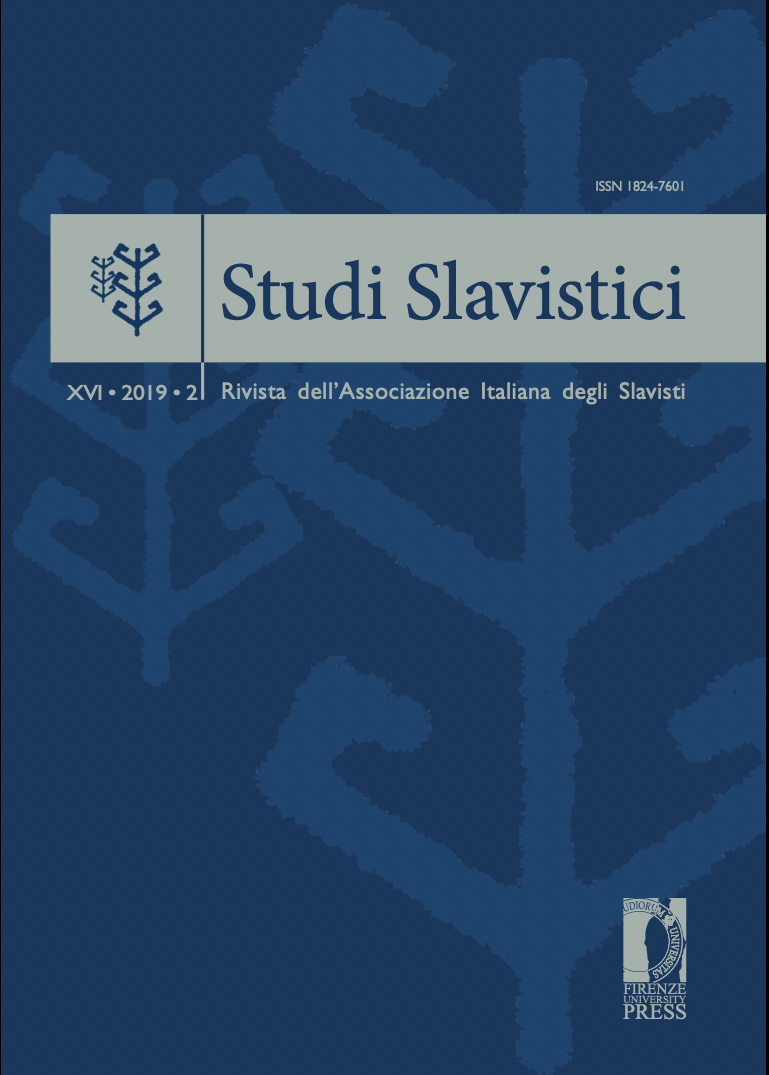Erasmianism, Mediterranean Humanism, and Reception History. The Case of Jerzy Liban of Legnica at the University of Cracow (1518-1539)
Abstract
The article discusses the problem of understanding Erasmus, and assigning him his place in intellectual history. The analytical section includes a concise analysis of the notion of Erasmianism. The author introduces the cultural and doxographical systematization of Erasmianism, and thereby, provides a cognitive diagnosis and a definition of Erasmianism. Erasmianism stands as a myth of Erasmus designed by his German followers to promote particular values and beliefs that together defined their intellectual, as well as spatial identity in the second decade of the 16th century. Over the last decade of Erasmus’ life, Erasmianism turned into a common, pan-European, and thus spatially indifferent element of confessional and political agenda in the age of confessionalization. In its new form, Erasmianism retained the mythical character, since the purposefully renewed image of Erasmus was still used as a sounding board for the arguments in a discussion between Catholics and Protestants.
The descriptive part reconstructs the way Erasmus’ works were understood by leading scholars at the University of Cracow, such as Leonard Cox and mainly by Jerzy Liban of Legnica. Their works re-open the issue of what had so far readily been identified as Erasmianism at the University of Cracow. Both scholars were concerned exclusively with the philological side of Erasmus’ work. Their readings reveal that, within their philological enterprise, the Mediterranean paradigm of studia humanitatis still had an advantage over the model pursued by the German followers of Erasmus. That predominance of Italian theorists, and the trivialization of distinctive attributes of German bonae litterae turned out to be the decisive features of Erasmus’ reception in the Cracow lecture halls. Cox and Libanus provide us with the only extant evidence that can give us a closer insight into the modes of interpretation of Erasmus’ work at the University of Cracow. The remaining sources, such as inventories of books or lists of lectures, confirm the relevance of the image reconstructed here. For these reasons, Cracow’s reception of Erasmus, devoid of cultural (typical for German Erasmiani), or religio-political significance (typical for royal and church policy) can no longer be identified in terms of Erasmianism. Hence, the chapter of Erasmus’ Wirkungsgeschichte at the University of Cracow argues that the actual subject matter and the efficiency of Erasmianism are restricted, and thus, if used recklessly, this notion obscures rather than clarifies.


